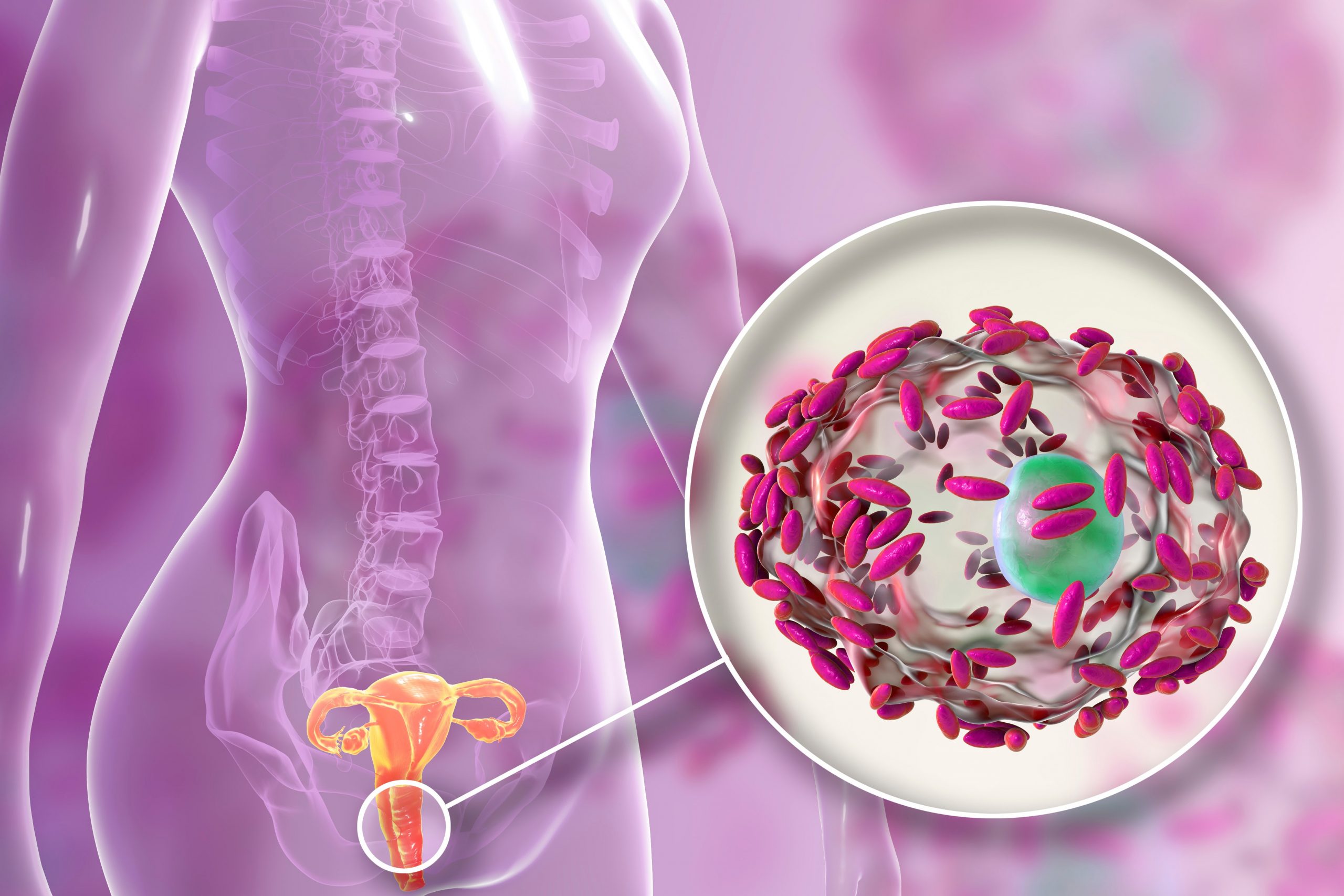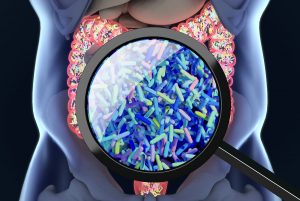
Vaginal microflora. Why do we need bacteria?
The human body is inhabited by various microorganisms that help us to live and our organs to function fully. The microflora of the vagina of a woman of childbearing age differs in the composition of microorganisms from the flora of girls and women in menopause, since during this period the main purpose of a woman is fulfilled – the possibility of conceiving and carrying a child, that is, procreation.
What is normal vaginal microflora?
Normally, the predominant number of microorganisms is lactobacilli. They create an acidic environment and produce antiseptic and antibacterial substances to fight dangerous (pathogenic) microbes. Also, a small amount contains opportunistic microorganisms, which, in the presence of a “leader” – lactobacilli, behave neutrally.
What microorganisms are conditionally pathogenic?
Anaerobes – grow in anoxic conditions. There are many of them, but the leading ones are Gardnerella vaginalis and Atopobium vaginae. Practically do not grow in bacterial crops, are best detected by PCR
Aerobes – they are also called “banal flora”. They grow in the presence of oxygen. Well defined in crops for flora
Mushrooms of the genus Candida
Ureaplasma and Mycoplasma hominis
If the number of lactobacilli in the microflora mass decreases, then opportunistic microorganisms begin to behave aggressively and can cause the following diseases, depending on which microbes are more active:
The predominance of anaerobes – bacterial vaginosis
Aerobes – bacterial vaginitis
Candida – candidiasis, or thrush
Ureaplasma and mycoplasma hominis – ureaplasmosis and mycoplasmosis
Diseases associated with opportunistic microorganisms – this is how this group of diseases is called.
Why is the vaginal microflora disturbed?
Sexually transmitted infections (STIs) are one of the leading causes. They are absolute pathogenic microorganisms. Their appearance and reproduction, in addition to a number of adverse effects, leads to the suppression of the normal flora – lactobacilli, and the growth of opportunistic microbes.
Hormonal imbalance leads to an imbalance of the vaginal microflora.
Long-term use of antibiotics suppresses lactobacilli not only in the intestines, but also in the vagina.
Frequent change of sexual partners

Long-term use of oral contraceptives and local contraceptives (intrauterine devices, vaginal rings)
Certain systemic diseases (diabetes mellitus, autoimmune diseases, and others)
Decreased general and local immunity
What is the danger of a violation of the microflora of the vagina?
Microflora disorders can manifest themselves as white or grayish secretions, sometimes with an unpleasant odor. Itching and burning may occur when urinating. Or they may not appear at all. But in any case, an imbalance in microflora can cause the following conditions:
Pelvic inflammatory disease
Infertility
Habitual miscarriage
Premature birth during pregnancy
Complications when performing manipulations on the pelvic organs
How can you identify violations of the vaginal microflora?
The most accurate method is PCR. But there is an important point here: for a comprehensive and complete assessment of microflora, special tests are needed to determine the level of lactobacilli as the most important and necessary; and the level of opportunistic microorganisms in relation to lactobacilli. These tests include:
Femoflor – 8, Femoflor -16, Screening PCR-12
Florocenosis – bacterial vaginosis, Florocenosis, Florocenosis (comprehensive study)
How to understand the research result?
The doctor is engaged in decryption. The answer can be in the form of a graph (Femoflor) and a conclusion (Florocenosis)
If lactobacilli predominate, then everything is fine. If there are few or no lactobacilli https://en.wikipedia.org/wiki/Lactobacillaceae, and any type of UPM prevails, the doctor compares the examination data, complaints and laboratory findings, diagnoses and prescribes treatment.
The human body is inhabited by various microorganisms that help us to live and our organs to function fully. The microflora of the vagina of a woman of childbearing age differs in the composition of microorganisms from the flora of girls and women in menopause, since during this period the main purpose of a woman…